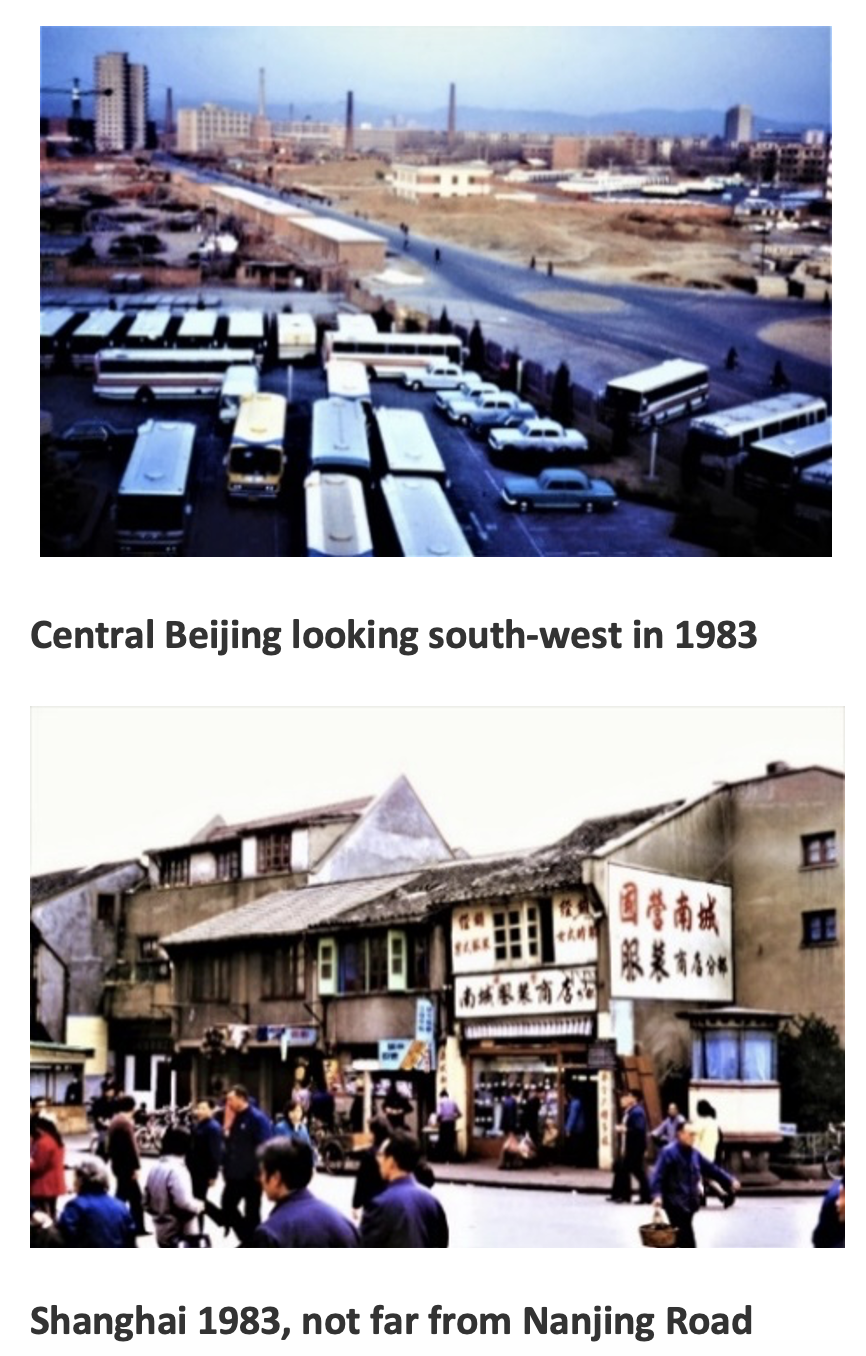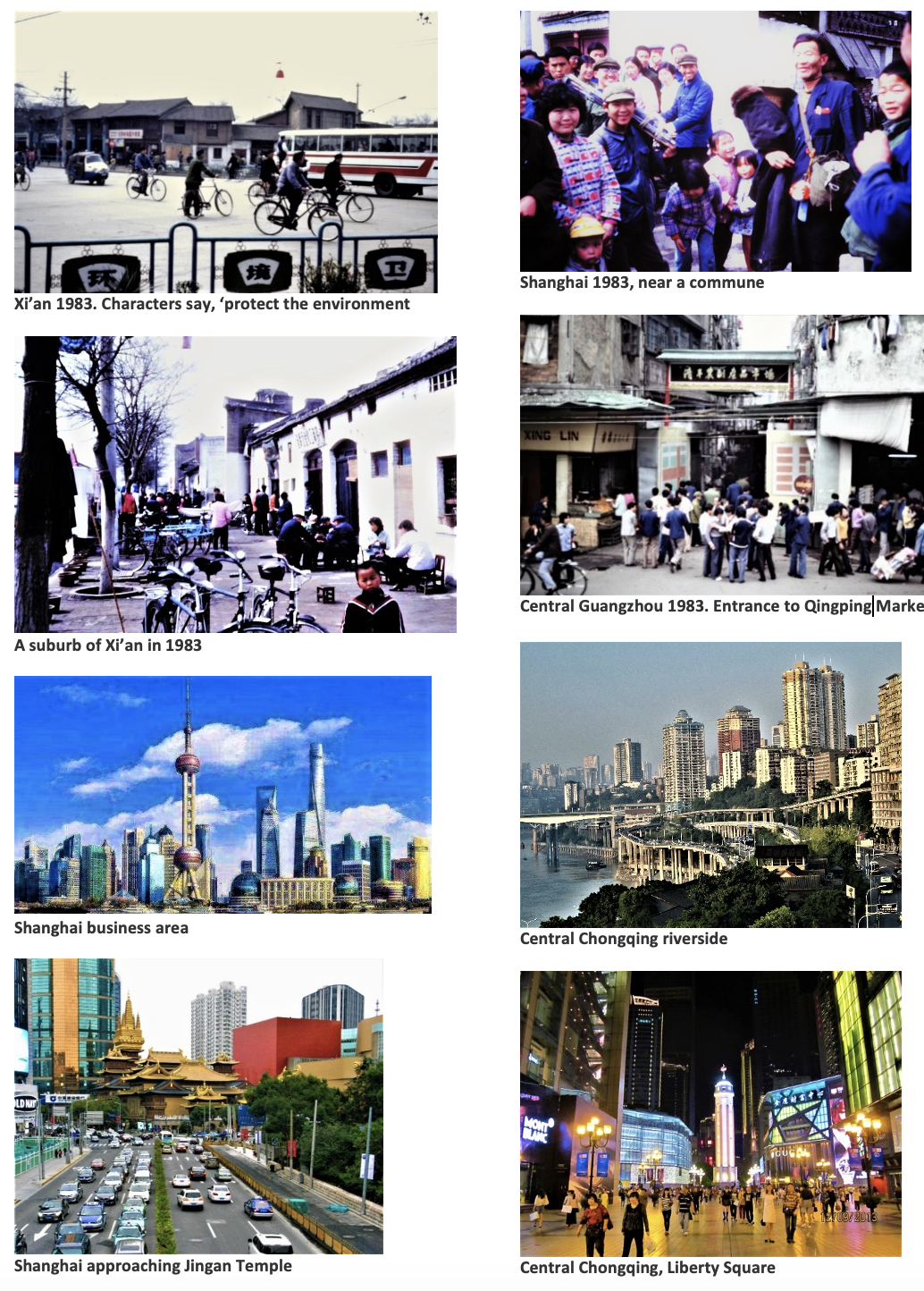First published in China Eye (79) Autumn 2023 pages 5-7
3 OCTOBER 2023 | Walter Fung
Democracy; Definition
The Western media is constantly using the word democracy and dividing the nations of the world into two categories, democratic and authoritarian (non-democratic by the Western perception). My Concise Oxford Dictionary defines democracy as ‘having government by all the people, direct or representative; form of society ignoring hereditary, class distinctions and tolerating minority views’.
A definition from the internet says,’ A system of government by the whole population of the eligible members of a state, typically through elected representatives. Note the word ‘typically not exclusively. Elections, voting, with multiple candidates and election campaigns are central to the Western system.
John Keane in his book, The Life and Death of Democracy, Simon & Schuster, 2009, states his belief that history is a key for understanding democracy at the present time. His perspective implies that democracy does not have just one and only distinctive form, one model, that can be brought as a ‘gift’ to peoples which have different attitudes and history. He also strongly questions the old assumption that democracy is a universal norm that reflect Western values.
Western politicians seem to believe that all nations should adopt the Western system. They state that nations engaged with China ‘so they (China) would become more like us, but it is not happening.’ Recently an American politician sought alliances with other countries, to ensure that China, which does not share our values, retains only its proper place in the world. Do these not imply attitudes of elitism and supremacy? Can there be a single system applicable to all nations, cultures, history and state of development? Do people still believe in Francis Fukuyama’s ‘End of History’, liberal democracy being the ultimate form of government?’
During the Coronation of King Charles III and in the service for the victims of the murders in Nottingham, faith leaders including, Anglican, Catholic, Jewish, Islam, Hindu and Sikh were all included. In the past, many of these religions fought each other to the death. Now, most respect each other, treat each other as equals and accept their differences.
A Hindu friend once told me. ‘All religions teach goodness; they are different paths to the same goal’ Can there not be different paths to good and effective government? Hopefully, the time will come when nations will accept and respect their differences. Instead of a ‘clash’ of civilisations, there will be a ‘cooperation’ of civilisations to achieve harmony throughout the world. The rise of China is a reality which has to be accepted.
Chinese Democracy; how does it work?
In China the Communist Party (CPC) is the ruling party. It has about 98 million members and all sectors of society are represented. About 52% have degrees, 34% are workers or farmers, 12% are managers, 16% are professionals, 25% are 35 years old or younger, 8% are from ethnic minorities and 29% are female. (Approximate figures based on a report in Beijing Review 12/5/22) Jiang Zemin, in his ‘Three Represents’ motion in 2002, allowed businessmen and entrepreneurs into the CPC; everybody is represented.
China claims to have what is termed ‘Whole Process Democracy’ which works. It involves consultative meetings and direct elections at village level. Information articles on the internet, white papers and consultations at every level of social and political life, inform citizens of proposed government policy. In addition, the Chinese government uses extensive public opinion surveys directly via the internet on all major policy decisions and other issues. There are very many consultations and discussions to achieve a consensus.
A major institution in China is the Chinese Peoples’ Political Consultative Conference (CPPCC). As the name implies, the CPPCC is a consultative and advisory body in which every sector of the Chinese nation has a chance to discuss policy and proposed government action. Member are drawn from all 56 ethnic groups and representatives of all parts of society. An important feature of the CPCC is that eight political parties other than the Communist Party of China (CPC) also participate. These other parties cooperate with the CPC. There are delegates from Hong Kong, Macau, Taiwan and overseas Chinese.
Each year the CPPCC meet at the same time as the National Peoples’ Congress (NPC), China’s Parliament. The two meetings are referred to as ‘The Two Sessions’. The NPC is invariably described by Western media as the ‘rubber stamp’. How disrespectful!
The Chinese Government work with ‘Five-Year Plans’. It publishes the details of what it intends to do beforehand and each year at the meeting of the ‘Two sessions,’ progress is evaluated in public reports and speeches by senior government officials. They include the First Secretary of the CPC and the Premier. People are informed of what has, or has not, been achieved and what is to be done in the coming period. Is this not a form of accountable government?
The Chinese system allows effective long-term planning, continuity and therefore a better chance that projects will be completed. China believes that systems of government have to evolve individually in each country, without foreign interference, and its nature depends on that country’s culture and history.
Achievements. Success a measure of legitimacy?
Some people cannot appreciate the size of China’s population. At 1.44 billion, it is about 4.2 times the size of the US and 20 times that of the UK. It is a highly diverse country with 56 ethnic groups and vast differences in wealth, education and culture. There are difficulties not experienced in smaller, less diverse countries.
In 1949, China was in a state of complete ruin after the Japanese invasion and occupation. Twenty million had been killed and one hundred million -a quarter of the population – were refugees in their own country; literacy was around 20%, expectation of life about 35 years, infant mortality was 195/1000. Poverty was almost universal. Many people were undernourished and starving and much had to be done quickly.
By 2022, extreme poverty had been eliminated and there are now 400 million middle class Chinese. This figure is growing daily. As many as 850 million people have been pulled out of poverty and this has entailed creating jobs and housing for tens of millions of people every year for decades. Health care. social services and infrastructures also had to be provided. Now, literacy over 97%, infant mortality 5.7 per 1000 and expectation of life, about 78 years are similar to those in the US. In education, China has established schools for all children and also universities, some of which are now approaching world class.
The West appears to use Human Rights as a political weapon, but the ultimate human right is freedom from poverty and the ability to buy food, shelter and clothing. Without these other freedoms are meaningless. Asian aspects of human rights emphasise the collective group and responsibilities rather than rights of the individual.
Economic reform did not really start until Deng Xiaoping’s reforms of 1978. The national GDP at that time was tiny- about $218 billion (at that time UK $335 billion) compared to what it is today, now about $18 trillion (83 times greater). Now China has the largest economy in terms of Purchasing Parity (PPP) and second only to the US in absolute terms.
China issues more patents than any other country; the published information is available to anyone. It is a world leader in some aspects of science and technology and artificial intelligence. China now has a manned space station orbiting the earth and a rover on the planet Mars. Eric Li in his TED talk, suggests the CPC earns its legitimacy by competence. The TED talk, ‘A Tale of Two Political Systems’ is highly recommended. It is clear, concise and is easily accessible on YouTube.
The Western nations are worried about the ‘threat’ of China. But China does not have a history of aggression. It has not fought a war since 1949, The 1979 Vietnam war lasted only two weeks. No land was captured. It was a ‘punitive war,’ and in response to Vietnam’s invasion of Cambodia.
Does the government have the backing of the people?
Pre-pandemic, 140 million Chinese tourists travelled abroad and they all went home and hundreds of thousands of Chinese students are studying in Western countries (over 120,000 in the UK) and none seek political asylum.
The Harvard Gazette (via internet 14/6/23) reports that the Ash Center in the US, found in the 2016 survey (the latest) that 95.5% of the Chinese respondents were satisfied with their government. In addition, the Edelman Trust Barometer consistently find that over 80% of Chinese trust their government. Edelman is a US organisation. The Ipsos surveys (Paris) over the past few years have found that about 90% of Chinese think China is on the right track. Also, Dalia Research (Berlin) has shown that 73% of Chinese believe their country is a democracy. Some analysts have described it as a ‘consultative meritocracy’.
The Future
The Chinese system is not perfect but continues to improve. China is still a developing country both economically and politically and is still only in the early stages of socialism. Although 400 million Chinese are middle class there is still a long way to go to eliminate differences in people’s income and inequalities between different regions of China.
The emphasis is now on high value goods, innovation and a commitment to scientific and technological advancement. Infrastructure is being built such as the 40,000 km of high-speed railway. China is already the largest trading nation in the world and this will increase with Belt and Road programmes in which about 70% of the countries of the world are involved. Regarding Climate Change, China’s carbon emissions are scheduled to peak by 2030 (some analysts believe this may be achieved five years early) and carbon neutrality is planned by 2060. Even now, China is a world leader in green energy production with more wind turbines, solar panels and new energy vehicles than any other country. Long term plans are for China to achieve ‘common prosperity,’ be an all-round prosperous country by 2035, and be a beautiful country and a world leader in all aspects by 2049- the 100th Anniversary of the Peoples Republic of China.
Below are ten photographs; the first six were taken in 1983.on my first visit. The subsequent four were taken on visits about 25 years later showing the incredible progress made during this fairly short period of time.

